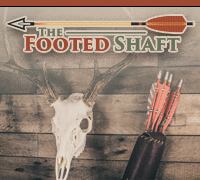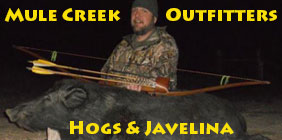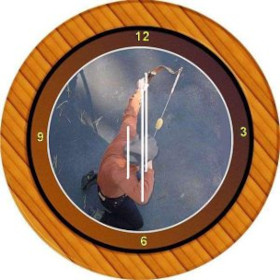The following form issues can result in nock high:
1. When gripping the string split fingers, pressing down on the nock with the index finger causes a bow in the arrow shaft which rebounds when the arrow is released, often caused by high string elbow. The cure is to find a string elbow position that doesn’t result in downward pressure on the nock, and focus on drawing with the back muscles, as drawing with arm muscles can make it difficult to relax the string hand, and thus exacerbate downward pressure on the nock, among a variety of other sins.
2. When gripping the string 3 under, put most of the finger pressure on the index finger, and very little pressure on the ring finger.














